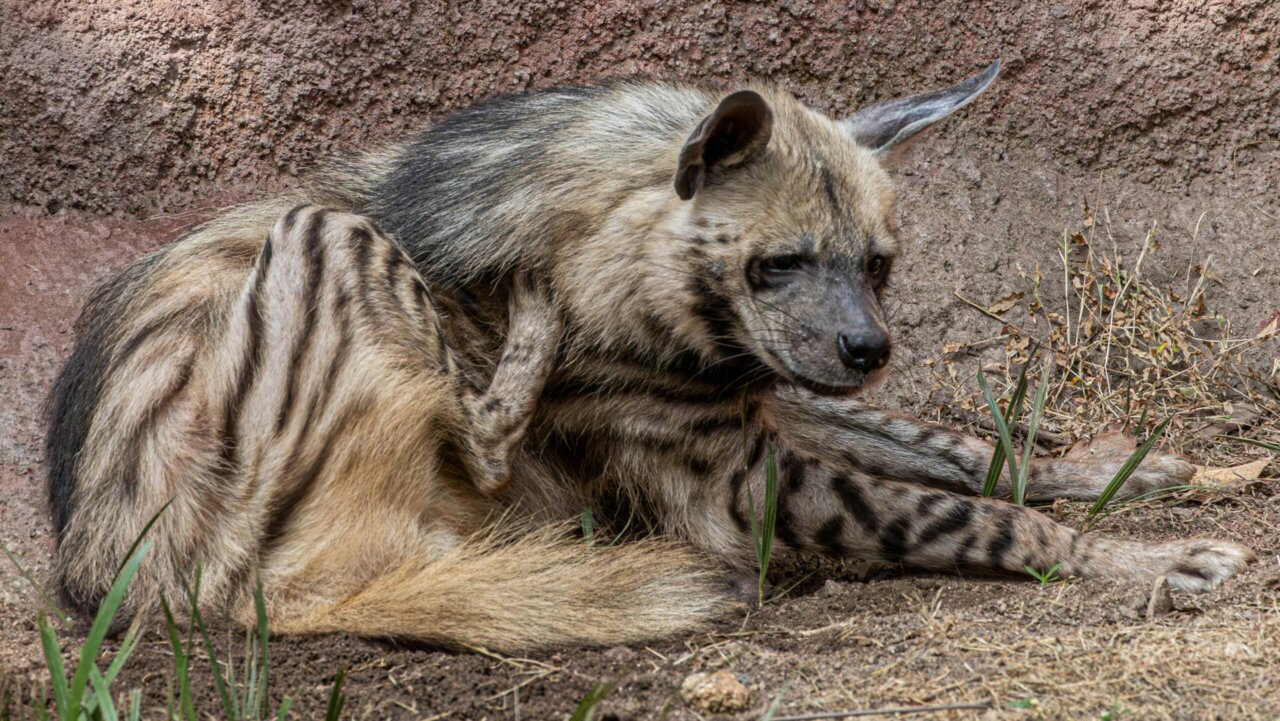
White-backed vulture (Gyps africanus), Kruger National Park, South Africa
Credit: ©️Charles J. Sharp, CC BY-SA 4.0, via Wikimedia Commons
No, they aren’t exactly frightening to behold, or ugly at all, but they aren’t charismatic (though some might think them scaly, slimy, or or just plain strange). But beauty is in the eye of the beholder, and every species plays a critical role in its ecosystem. Also, each is the opposite of unsightly or odd to others of its species when it’s time to reproduce. Many of these less charismatic, even maligned species are exploited unsustainably and often illegally, for international commercial trade and profit.
The 20th meeting of the Conference of the Parties (CoP20) to the Convention on International Trade in Endangered Species of Wild Fauna and Flora (CITES) meets 24 November-5 December in Samarkand. Representatives from governments, along with scientists and conservationists head to Samarkand, Uzbekistan from across the globe to decide on the future of a broad swath of species subject to international trade.
The governments that are Parties to this important treaty (the convention’s official members) will take a number of decisions at this meeting relevant to combating unsustainable and illegal trade in wild animals and plants. Critically, there are 51 proposals being considered to change the level of protection for dozens of species.

Credit: Nirav Shah / Pexels
People are familiar with the charismatic species protected by CITES, including elephants, tigers, jaguars, cheetahs, giraffes, rhinos, chimpanzees, gorillas, parrots, sea turtles, whales, dolphins, and so many more. These species are popular in the public imagination, often seen on television and other media, and are used not infrequently to raise funds for their conservation.
But no one will make a stuffed toy out of an eel or a vulture. Rattlesnakes and tarantulas aren’t thought of as cute or cuddly, but they are threatened in the wild by the global pet trade. As a biologist, my first stuffed animal as a child was a spider (which explains a great deal), but that is quite atypical.
Many less charismatic, and even unpopular, species are subject to unsustainable and often illegal international trade. Some are subject to proposals at CoP20 to include them as regulated by CITES Appendix II, which requires that trade in a species be sustainable. Several others are so threatened in the wild that they are proposed for Appendix I, which means no international commercial trade would be allowed.

Banded Rock Rattlesnake (Crotalus lepidus klauberi) found in the Sierra Madre Occidental of eastern Sonora, Mexico. Credit: ©️Caudatejake, CC BY-SA 4.0, via Wikimedia Commons
Examples of species proposed for further CITES regulation but not a trade ban at the upcoming meeting include rattlesnakes, deep sea sharks, eels, and sea cucumbers. Deep sea bizarre-looking gulper sharks are threatened by trade in their liver oil, squalene, which is used in cosmetics, and more than 35 governments are asking CITES to regulate this unsustainable trade.
The striped hyena (not the more familiar spotted hyena) is endangered, and Tajikistan is asking CITES Parties to include it on Appendix I.
Thirteen African governments have proposed transferring two Critically Endangered vulture species to Appendix I, due to pressures from trade in their heads and other body parts for belief-based, medicinal, and related uses (although they are also threatened by poisoning and habitat loss).

Credit: Regan Dsouza / Pexels
The European Union and its 27 Member States, along with Panama, have proposed listing all eels on CITES Appendix II to regulate their trade. The American and Japanese eels (different species) are Endangered in the wild, and the European eel is Critically Endangered. This proposal would help ensure trade in all eels is legal, sustainable, and traceable—and help prevent them from over-exploitation that could lead to their qualifying for a trade ban under Appendix I in the near future.
Argentina, Bolivia, and Panama have proposed Appendix II regulation of 15 species of tarantulas—which are attractive in the niche collectors/pet market but are subject to significant legal and illegal trade.
The European Union and its 27 Member States are also proposing CITES Appendix II protection for 7 species of sea cucumbers, which are threatened by over-fishing. Sea cucumbers are popular food items in Asian cuisine and probably qualify as the least charismatic of all fauna and flora.

Wild saiga antelope (Saiga tatarica) visiting a waterhole at the Stepnoi Sanctuary, Astrakhan Oblast, Russia.
Credit: ©️Andrey Giljov, CC BY-SA 4.0, via Wikimedia Commons
In addition, Kazakhstan is proposing to re-open currently prohibited international commercial trade in the horns of the saiga antelope—a fascinating but bizarre looking species of the steppes of Central Asia; the males’ horns are popular in traditional medicine in East Asia. Although Kazakhstan’s population has recovered, the saiga is endangered in Mongolia and other parts of its range, and there are inadequate global and national controls on the horn trade and management of stockpiles. Opening this trade risks increasing poaching and illegal trade.
There are many beautiful, charismatic, often iconic species subject to commercial trade that will be discussed and decided on at the CoP in Samarkand—either due to proposals to increase or decrease protection; they include elephants, giraffes, okapis, hornbills, whale sharks, manta rays, and more. But spare a thought for the less charismatic, funny looking, unpopular species. They need our protection as well—they are also threatened by trade, and they are just as important for their ecosystems.
This piece comes to us from the Wildlife Conservation Society (WCS).
